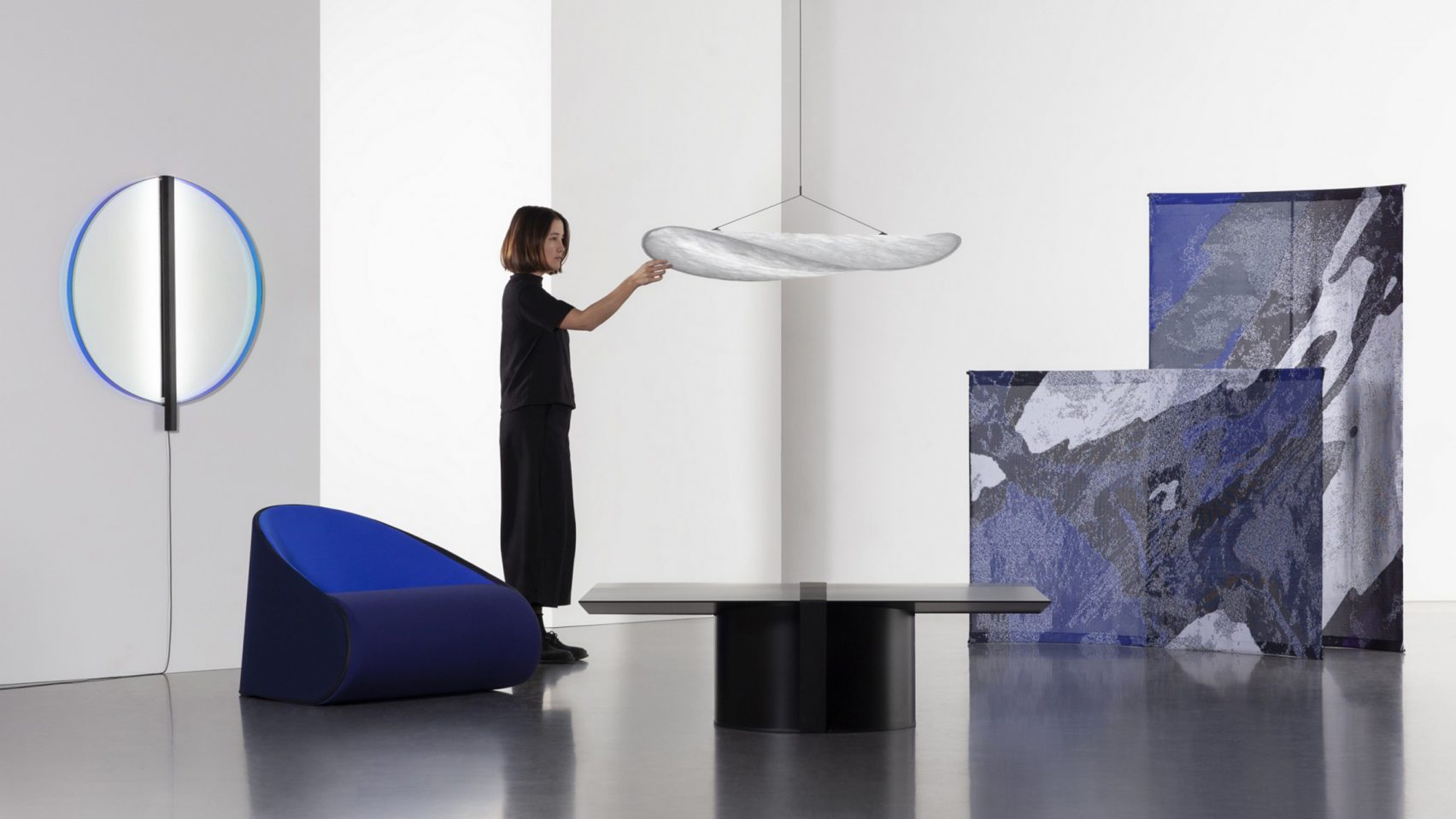
What are the criteria used by the judges in the famous design competition organized by Dezeen the online magazine? To discover the best architects and designers and how they are judged, this research looks at the official criteria: beauty, innovation, and social benefit, and beyond.
« For the project categories, judges are looking for entries that best fit the three judging criteria. These are:
Beautiful: does it look amazing? We know that beauty is subjective but our judges will be looking out for aesthetic rigour, good detailing and good use of materials.
Innovative: does it incorporate original thinking or address a problem in a new way? We don’t mean that every entry has to reinvent the wheel but we will be looking for evidence of fresh approaches and new ideas.
Beneficial: is it useful and considerate to both people and planet? Your project doesn’t have to set out to save the world but it should show respect and consideration for users and the environment. »
I looked at how these criteria came up in the judges’comments but also how other less explicit criteria are part of the evaluation too.
- Coherence of the whole structure, coherence between environment and structure, coherence between old and new elements.
- Relevance, which could be described as the alignement of values with design choices : political fairness, recycling (ecology), and holisitic experience: not only efficient but healthy
- Generativity: it could be the beginning of a whole series of new products.
- Oxymoron: an oxymoron brings two a priori alien concepts together, thereby not only creating a new concept, but also changing both original concepts. This capacity to create new identities appears as a major concepts of the Dezeen evaluation (cf Annie Gentes, The In-discipline of Design, Bridging the gap between Humanities and Engineering, Springer, 2017, https://indisciplineofdesign.wp.imt.fr/book/chapter-summaries-and-content/)
- Narrative element: certain objects include a powerful narrative that add another layer to the user-centric perspective.
- Contemporaneity: projects are either related to specific events, or global contemporary issues as expressed in the public sphere.
- Poetic exploration: all projects are not ready to use to speak but contribute to a more mature and aesthetic understanding of what certain technologies, practices, environments can feel like, look like, or eventually be used thanks to a thoughtful exploration of the tangible and technical mediums.
- Astuteness: projects are not necessarily problem solving but some of them show an extreme ingeniosity in dealing with material, space, financial, social, constraints.
To see the whole analysis go to https://www.slideshare.net/anniehillairet/design-evaluation-an-analysis-of-dezeen-awards-criteria-by-annie-gentes